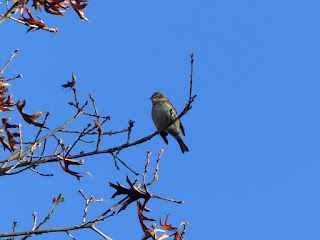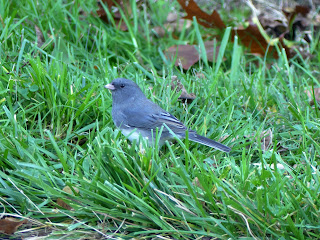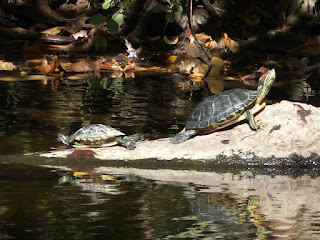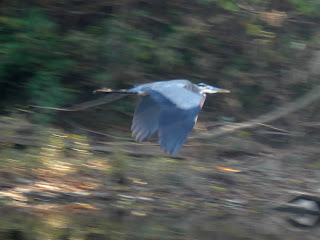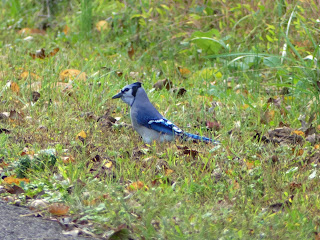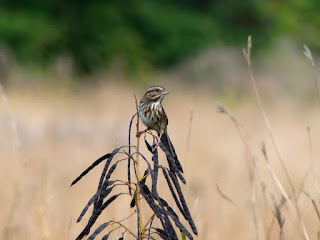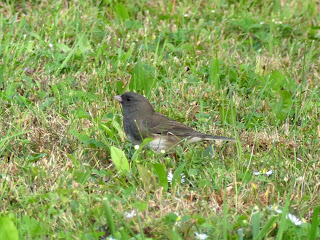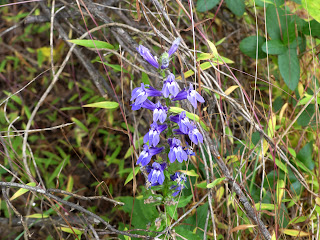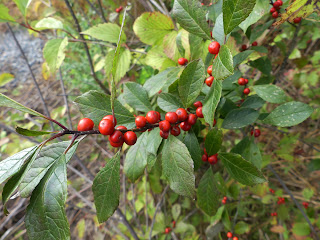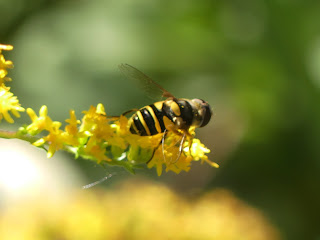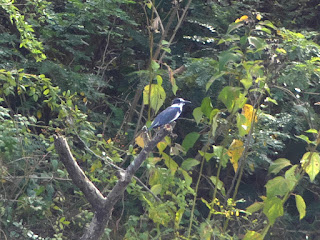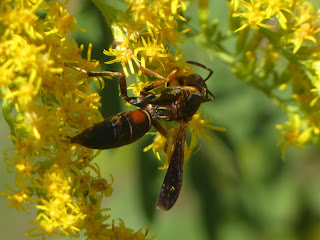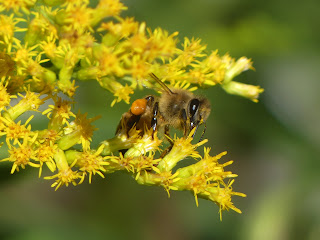Red-bellied Woodpecker
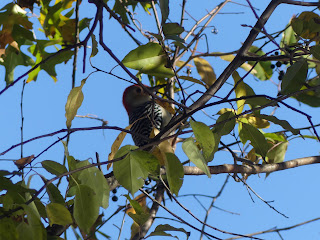
Here's a partially hidden Red-bellied Woodpecker . (Just because it has red on the head and difficult-to-see red on the belly, it doesn't make this a Red-headed Woodpecker .) Although woodpeckers are built for pecking on trees in search of invertebrates to eat, this picture probably shows one taking advantage of the berries in this tree. Though most birds love eating insects and spiders, even ones considered to be insectivores will eat nuts, acorns, seeds, and even fruits. And of course, if there happens to be an insect on that fruit too, so much the better. November 5, 2021 at the Delaware Raritan Canal Photo 169043446, (c) jpviolette, some rights reserved (CC BY-NC)


